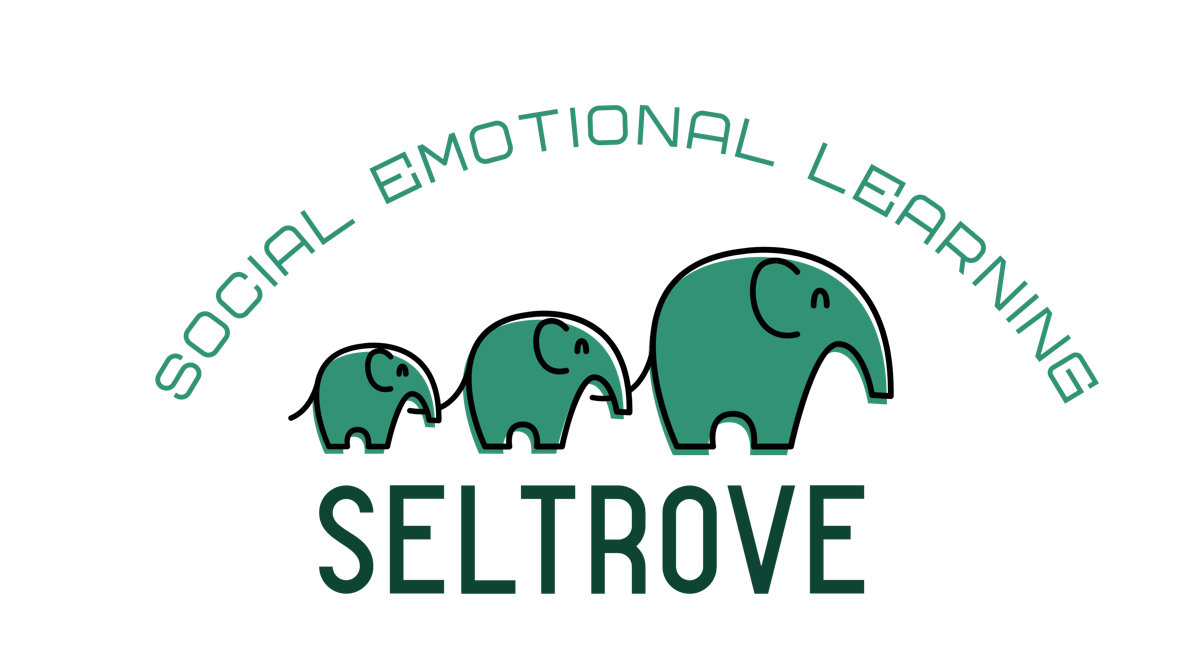
Research Papers
We in SEL see the power of strong social-emotional skills. Deep research fuels impactful white papers, the gold we unearth to build programs targeting students' specific needs. This research cycle empowers us to create programs with teeth, delivering results that help students not just survive, but thrive.
How SEL plays a role in bullying prevention
Several Social Emotional Learning (SEL) competencies play pivotal roles in preventing bullying by fostering a school environment where respect, empathy, and kindness are paramount. Among these, the following competencies are particularly influential in mitigating bullying behaviors:
Getting Parent Buy-In for SEL
In today's fast-evolving society, the emphasis on holistic child development has never been more critical. The concept of Social and Emotional Learning (SEL), also recognized as emotional intelligence, has emerged as a cornerstone in nurturing young individuals who are not only academically proficient but also adept in managing their emotions, making wise decisions, and resolving conflicts with empathy. This approach, which often dovetails with character education, underscores the importance of cultivating well-rounded individuals prepared to navigate life's complexities with grace and resilience.
What are some practical strategies for parents to support and reinforce SEL skills in their children
Supporting and reinforcing Social Emotional Learning (SEL) skills in children’s daily lives and routines is essential for parents who wish to nurture well-rounded, emotionally intelligent individuals. Here are practical strategies for parents to effectively integrate SEL into their children's daily routines:
Why SEL is essential for schools and students
In an era where classrooms burgeon with cultural, linguistic, and socioeconomic diversity, Social and Emotional Learning (SEL) stands as the bedrock for academic success and nurturing the whole individual. It's time we acknowledge that education extends beyond the confines of traditional learning. SEL isn't just an educational supplement; it's a necessity that empowers students to thrive in school, their careers, and the broader tapestry of life.
Research finds SEL provides solid growth for students
A recent study led by Christina Cipriano, PhD, and Michael Strambler, PhD, from Yale University, offers compelling evidence on the effectiveness of Social and Emotional Learning (SEL) in enhancing students' academic performance, well-being, and perceptions of school safety amidst a national mental health crisis. Analyzing 424 experimental studies worldwide, this comprehensive review covers over 250 discrete SEL programs, involving more than half a million students from kindergarten to 12th grade.
How to stop bullying with empathy
Empathy, a cornerstone of Social Emotional Learning (SEL), has emerged as a pivotal tool in combatting bullying within educational settings. By fostering an environment where empathy is taught, practiced, and valued, schools can significantly reduce bullying behaviors. This approach to empathy education, deeply integrated into SEL, equips students with the emotional intelligence required to navigate social interactions more thoughtfully and compassionately. Here’s how implementing SEL and focusing on empathy can transform school culture and contribute to bullying prevention.
What are 10 steps educators can take to promote SEL to the teachers and parents
To create SEL champions among teachers and parents, educators can take a multi-pronged approach. Start by highlighting the academic, social, and emotional benefits of SEL for students. Clearly explain its importance and model these skills yourself. Provide professional development opportunities for teachers and equip them with resources. Remember to tailor communication to different age groups. Most importantly, show teachers how to integrate SEL into lessons and parents how to support it at home.
The Honest Truth of SEL
Social Emotional Learning (SEL) represents a pivotal component of educational frameworks aimed at nurturing well-rounded individuals capable of navigating the complexities of emotional and social interactions. Amidst the backdrop of an increasingly polarized landscape, SEL has unwittingly found itself at the center of educational "culture wars." However, the efficacy of SEL transcends political discourse, garnering unwavering support from parents and educators alike, bolstered by robust research underscoring its positive impact on students' emotional well-being and academic achievements.
Featured links
-
SEL Print
-
SEL Lightspeed Digital
-
SEL for Parents
-
District Solutions
-
About us
Teacher Resources
Get in touch
-
516 North Ogden Ave, Suite 111 Chicago, IL 60642
-
info@seltrove.com
-
312-224-2536
Connect with us
-
Youtube
-
Instagram
-
Linkedin
Copyright © 2024 Seltrove, An Edspry Learning Company